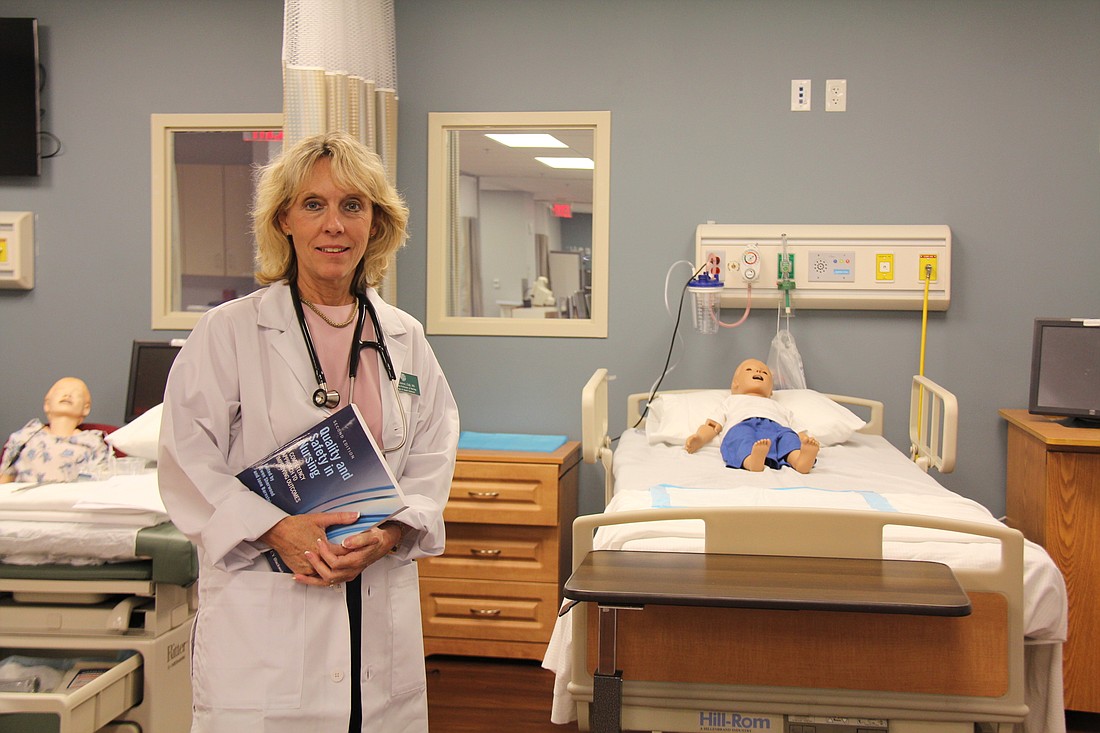
A Jacksonville University professor is at the forefront of ensuring preventable patient accidents and deaths no longer happen in hospitals across the country.
Teri Chenot, JU’s department chair for health care quality and safety programs, has been studying patient safety since 2003.
Two years ago, she was asked to be part of the Institute for Healthcare Improvement’s National Steering Committee for Patient Safety to help craft a National Action Plan.
The plan is designed to help hospitals reduce preventable harm. It was released Sept. 14 and distributed to hospitals nationwide to assist them in making their facilities safer.
“Organizations used to work within themselves to improve health outcomes,” Chenot said.
She hopes the action plan will help hospitals implement more standardized patient safety plans.
The committee includes executives from Massachusetts General Hospital and Cincinnati Children’s Hospital and leaders in patient safety organizations like Project Patient Care and the National Association for Healthcare Quality.
Medical errors include giving patients the wrong medicine, performing surgery on the wrong patient, infections and other mistakes.
The committee’s key recommendations include involving patients and families in the health care process, ensuring workforce safety, facilitating ongoing learning opportunities within health care organizations, and sharing patient safety information with the entire organization.
“Though many evidence-based, effective best practices related to harm reduction have been identified, they are seldom shared nationally and implemented effectively across multiple organizations,” says an introduction to the report.
When Chenot became a patient safety officer in 2003, it was the first year that hospitals were required to have one on staff. Chenot cited a study in the Journal of Patient Safety that said more than 400,000 patients a year die because of hospital medical errors.
That year, Chenot went on to receive her doctorate degree in educational leadership, with her dissertation focusing on patient safety in the nursing curriculum.
“I was working on my doctorate at the time and got very interested and thought, why aren’t people being taught this before they graduate?” Chenot said.
Now, Chenot leads patient safety and health care quality programs at JU. The school offers a master’s degree and a postgraduate certificate in health care quality and safety. Chenot said those principles also are included in JU’s health care courses.
JU’s health care quality and safety program is one of 17 in the U.S. and Canada, she said.
“It’s putting patient safety on the forefront,” Chenot said. “These programs are placing our students on the cutting edge of learning how to improve health outcomes.”
The school also is home to the Quality and Safety Education for Nurses Institute Regional Center for the Southeast. There are two others in the Northeast and Midwest.
It hosts the center’s annual Patient Safety Forum and other events on campus each year.